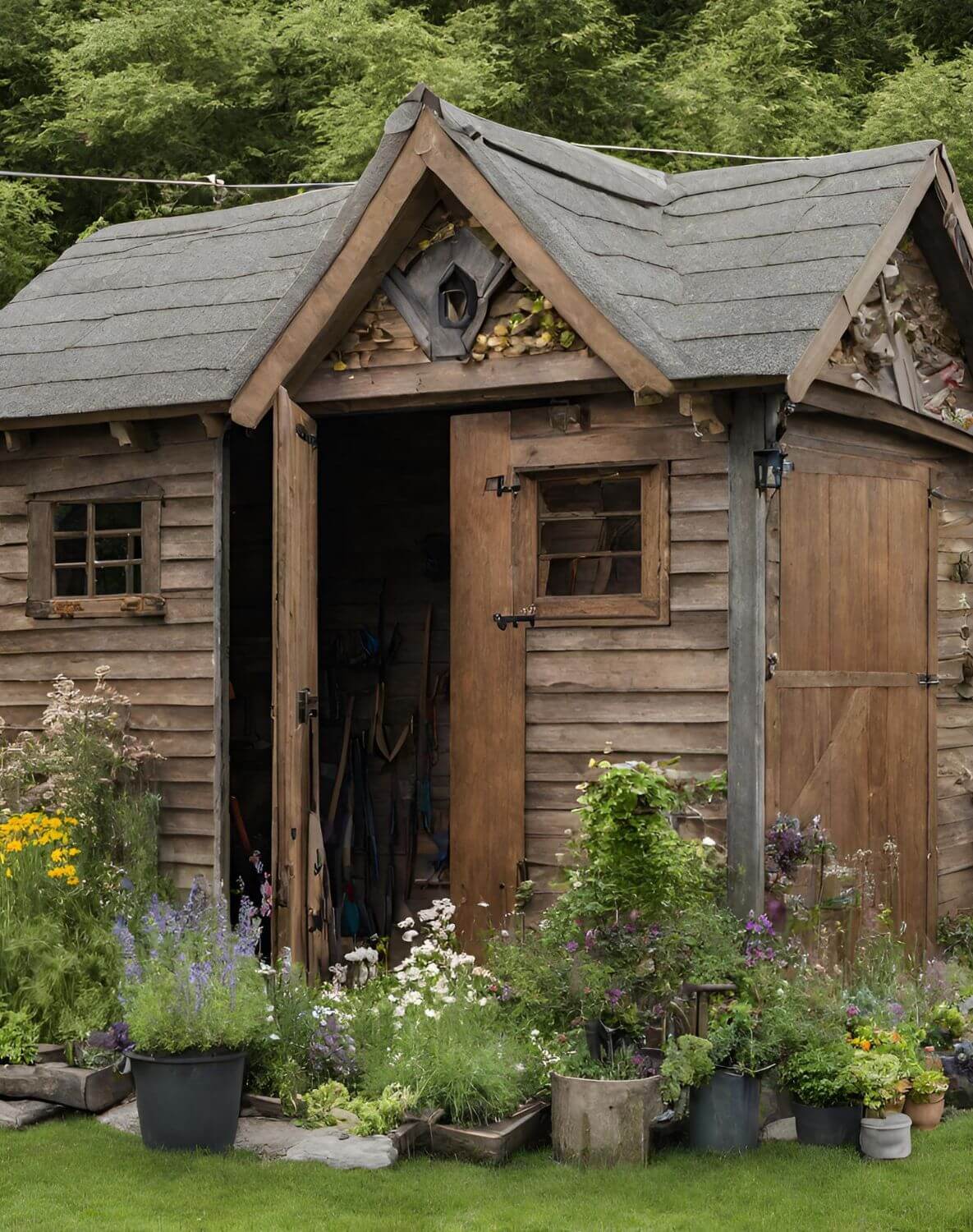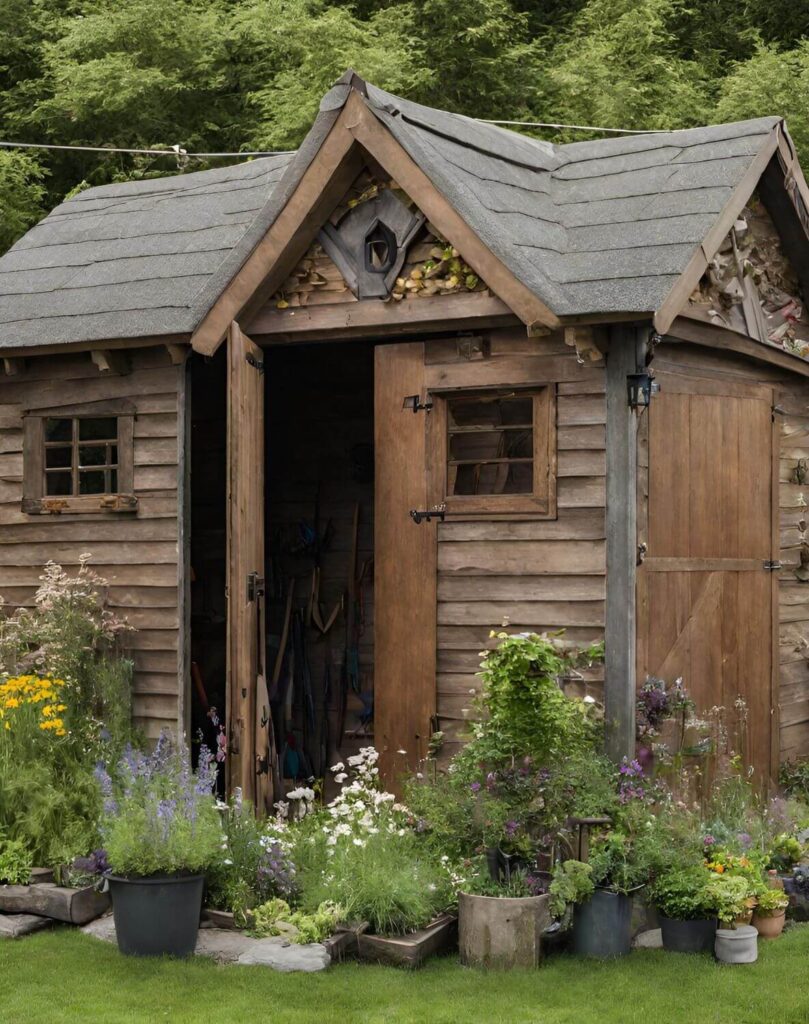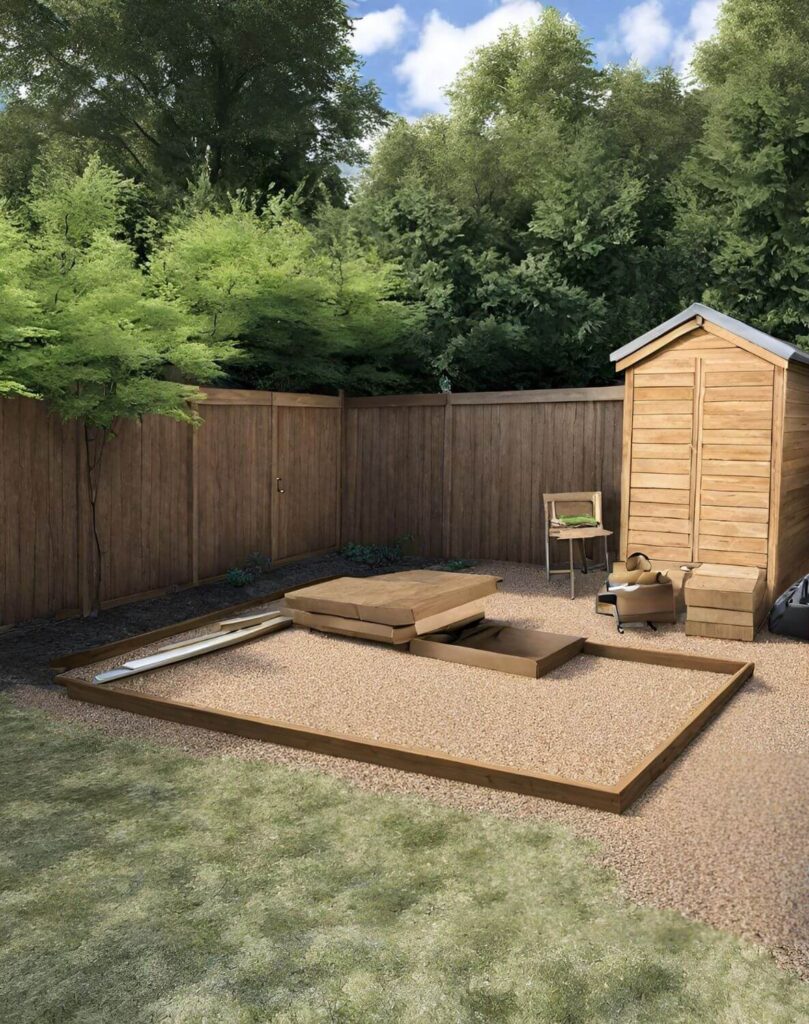
So you’ve finally decided to embark on that DIY project you’ve been dreaming of: building your own shed. But before you pick up your tools and start digging, you may be wondering if you need permission to build a shed. Well, the answer isn’t exactly straightforward. Building regulations can vary depending on where you live, the size and location of the shed, and its intended use. In this article, we’ll explore the factors that determine whether or not you need permission to build a shed, giving you a clearer understanding of what steps you need to take before you can start hammering away.
Do I Need Permission To Build A Shed?

Understanding Building Codes and Regulations
Before you start planning to build a shed on your property, it’s important to understand the building codes and regulations that apply to your area. These codes dictate the minimum requirements for construction to ensure safety and compliance with local standards. They cover various aspects of construction, including materials, design, and structural requirements.
Familiarizing yourself with the building codes can help you determine whether you need permission to build a shed. Some areas may have specific rules and regulations regarding shed construction, while others may have exemptions for smaller structures. It’s crucial to research the building codes in your locality to ensure that you’re in compliance with all the necessary requirements.
Checking Local Zoning Laws and Regulations
In addition to building codes, local zoning laws and regulations also play a significant role in determining whether you need permission to build a shed on your property. Zoning laws control land use and determine the types of structures allowed in specific areas. They are put in place to ensure that the community maintains a certain aesthetic appeal and adheres to the overall vision for development.
To find out if you need permission, it’s essential to check the zoning laws in your area. You can do this by contacting your local planning or zoning department. They will provide you with the information you need to determine whether a permit is required for your shed. Zoning laws may restrict the size, location, or even the color of your shed, so it’s crucial to obtain this information before proceeding.
Seeking Permits and Approvals
Once you’ve familiarized yourself with the building codes and zoning laws, the next step is to seek the necessary permits and approvals for your shed construction. Depending on the size and type of shed you plan to build, a building permit may be required. This permit is an official document that allows you to legally construct a shed on your property.
To obtain a permit, you will need to submit detailed plans and specifications of your proposed shed to your local building department. These plans will be reviewed to ensure compliance with the building codes and zoning regulations. After the review process is complete, you will be granted the permit if your plans meet all the necessary requirements.
Keep in mind that the permit process may involve fees, and the timeline for approval can vary depending on your location. It’s essential to start this process well in advance to avoid any delays in your construction project.
Considering Shed Size and Placement
When planning to build a shed, it’s important to consider the size and placement of the structure. The size of your shed can impact whether you need permission or not. Many areas have exemptions for smaller sheds, usually under a certain square footage. However, larger sheds may require additional permits or even a different classification.
Additionally, the placement of your shed on your property can also be subject to regulations. Local zoning laws may have specific requirements regarding setbacks from property lines, neighboring structures, or utility easements. It’s essential to adhere to these guidelines to avoid any issues or disputes with your neighbors or local authorities.
Taking the time to carefully consider the size and placement of your shed will help ensure that you comply with all the necessary regulations and avoid any potential legal consequences.

Determining if a Foundation is Required
Another important consideration when building a shed is whether a foundation is required. Depending on the size and type of shed, you may need to construct a foundation to provide stability and support. In some cases, local building codes may dictate the type of foundation required for sheds of a certain size.
A foundation can be anything from a simple concrete slab to a more elaborate framework. It’s important to determine if a foundation is necessary based on the building codes and regulations in your area. Additionally, a proper foundation can help protect your shed from moisture and ensure its longevity.
Reviewing Homeowners Association (HOA) Guidelines
If you live in a neighborhood with a homeowners association (HOA), it’s crucial to review their guidelines before building a shed. HOAs often have specific rules and guidelines regarding the appearance and construction of structures on the property. These guidelines are put in place to maintain the overall aesthetic appeal of the neighborhood and protect property values.
Contact your HOA and request a copy of their guidelines, commonly known as the covenants, conditions, and restrictions (CC&Rs). These documents will provide you with detailed information on whether you need permission to build a shed, the allowed size and placement, and any additional requirements or restrictions.
Failing to comply with the HOA guidelines can result in fines, penalties, or even legal action. It’s important to understand and respect these regulations to ensure a harmonious relationship with your neighbors and the HOA.

Understanding Utility and Setback Requirements
Before proceeding with your shed construction, it’s essential to understand utility and setback requirements. Utility requirements refer to the location of utilities such as water, sewage, gas, and electricity. You need to be mindful of these utilities when selecting the placement of your shed to avoid any potential damages or interference.
Setback requirements, on the other hand, refer to the distance between your shed and property lines or neighboring structures. These setbacks are usually in place to ensure safety, privacy, and accessibility. It’s crucial to adhere to these setbacks to avoid any conflicts or violations of local regulations.
Reviewing utility and setback requirements will help you determine the appropriate location for your shed while ensuring compliance with all relevant regulations.
Considering Environmental Impact
When planning to build a shed, it’s important to consider the environmental impact of your construction. Depending on your location, certain regulations may be in place to protect natural resources and habitats. These regulations aim to minimize the negative effects of construction on the environment.
Considerations may include protecting wetlands, preserving wildlife habitats, or minimizing soil erosion. It’s essential to consult with local environmental agencies or departments to determine if any permits or considerations are required for your shed construction.
By being aware of the environmental impact and taking steps to mitigate any negative effects, you can ensure that your shed construction aligns with sustainable practices and local regulations.
Consulting with a Professional
Given the various factors and regulations involved in building a shed, it can be beneficial to consult with a professional. An architect or contractor with experience in your area’s laws and regulations can provide valuable guidance and help navigate the permit process.
A professional can review your plans, ensure compliance with building codes and zoning laws, and make recommendations based on their expertise. Their knowledge and expertise can help you avoid any costly mistakes or legal consequences down the line.
While consulting with a professional may require an additional expense, it can provide peace of mind and ensure that your shed is built in full compliance with the necessary regulations.
Consequences of Building Without Permission
Building a shed without the necessary permits or approvals can have serious consequences. Aside from potential fines and penalties, you may be required to remove or modify your shed if it’s deemed non-compliant with building codes and zoning laws. This can lead to unexpected expenses and delays, not to mention the frustration and inconvenience of having to dismantle a structure you worked hard to build.
Moreover, non-compliance with HOA guidelines or environmental regulations can result in similar consequences. It’s crucial to understand and respect all the regulations that apply to your shed construction to avoid these potential pitfalls.
In conclusion, before embarking on your shed construction journey, it’s important to understand all the regulations and requirements that may apply. Familiarize yourself with the building codes, zoning laws, and HOA guidelines in your area. Seek the necessary permits and approvals, and consult with professionals to ensure compliance. By taking these steps, you can avoid headaches, legal issues, and enjoy your shed for years to come.





